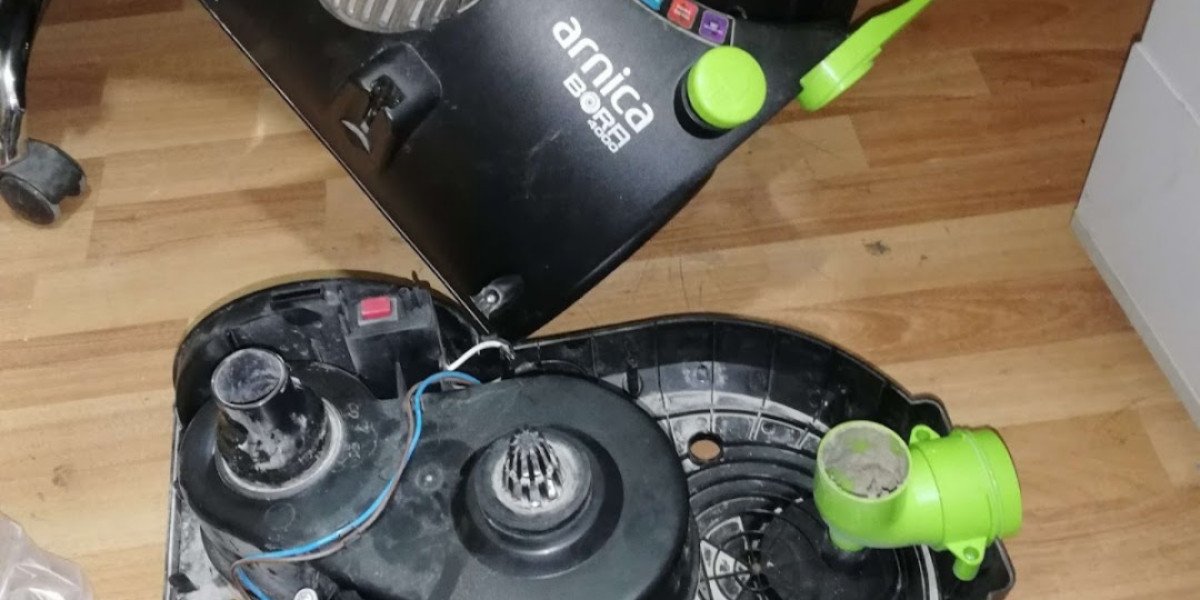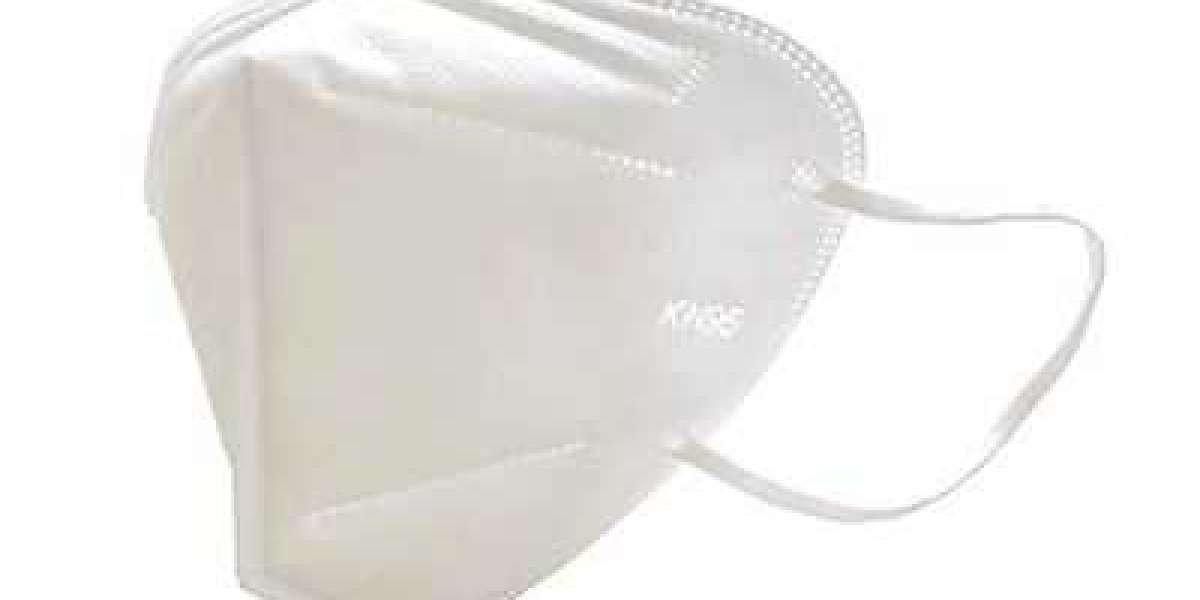Original title: What materials are N95 mask made of? What are the differences between industrial and medical masks? Since the Spring Festival holiday, masks have almost become a necessary item for everyone. I. Structure of protective mask Why can masks stop the spread of the virus? What kind of material is it? We usually say that the mask is a non-woven material, non-woven is relative to textile cloth, that is, non-woven cloth, is composed of directional or random fibers. Specific to the mask, its raw materials are all Polypropylene (PP). Medical masks are generally multi-layer structure, generally referred to as SMS structure. See Figure 1 and Figure 2 for schematic diagrams. Expand the full text From the point of view of mask materials, polypropylene high melt fat non-woven fabric special material is the best choice to produce polypropylene products with melt mass flow rate of 33-41 G/min, which meets the standard of polypropylene non-woven fabric of Eisai. From the perspective of fiber application, polypropylene fiber products are used in non-woven fabrics, clothing fabrics, carpet silk, medical surgical supplies, civil health supplies and other fields. In the field of medical and health care, the non-woven fabrics produced by polypropylene non-woven fabrics can be used for disposable surgical gowns, sheets, masks, covers, liquid absorption pads, etc. The non-woven fabric mask is formed by ultrasonic welding of two layers of fiber non-woven fabric which is specially used for medical and health care, and a layer of filtering and anti-bacterial spray cloth which is more than 99.999% in the middle. The nose bridge of the non-woven fabric mask is made of environment-friendly all-plastic strips, which do not contain any metal and are breathable and comfortable. 2. What is N95 mask? 1. N95 mask and KN95 respirator: N95 mask refers to the mask certified by NIOSH (National Institute for Occupational Safety and Health) of the United States with a non-oily particle protection efficiency of not less than 95 percent Neither N95 nor KN95 masks are the names of specific brands or products, but represent the protection level of masks. Where, "N" or "KN" indicates that the respirator is used to protect non-oily particles (such as viruses, bacteria, dust, etc.); "95" indicates that the filtration efficiency of the respirator is ≥ 95% under the test conditions specified in the standard. Whether it is the national standard of China or the test standard of NIOSH of the United States, the protection level of N95 and KN95 is equivalent in terms of product classification and filtration efficiency. In addition, the protection level of N95 and KN95 is equivalent to that of FFP2 masks certified according to the European EN149 standard, that is, the filtration efficiency of masks is more than 94% under the testing conditions specified in the European standard. Masks that have passed the European standard EN149 certification and reached FFP2 level are marked with the words "EN 149:2001 + A1: 2009 FFP2". 2. What is the difference between N90, FFP2 and N95? According to the minimum filtration efficiency of the filter material, under the specified conditions, the greater the value of the mask body's ability to filter out particulate matter, the higher the protection level, and the greater the respiratory resistance. Masks can be divided into three grades,KN95 Face Mask with Five Layers, 95 grade is the lowest filtration efficiency of 95%, 99 grade is the lowest filtration efficiency of 99%, and 100 grade is 99.97%. According to the standard division, the N marked on the mask represents the American standard, FFP is the European standard, and KN is the Chinese standard. FFP European standard masks are certified by the European Union Standards Committee for respiratory protective equipment. The standard is to divide the particulate protection filter material into solid particle protection and liquid particle protection, which are tested and graded by NaCL (sodium chloride) and DOP (paraffin oil) aerosol respectively. Its function is to adsorb harmful aerosols, including dust, smoke, fog droplets, toxic gases and toxic vapors, through filter materials, so as to prevent them from being inhaled by people. The qualified solid particle protective filter material is divided into P1 (FFP1), P2 (FFP2) and P3 (FFP3) according to the penetration rate of the tested particles. The minimum filtration effect of FFP1 is ≥ 80%,Full Body Disposable Coverall, the minimum filtration effect of FFP2 is ≥ 94%, and the lowest filtration effect of FFP3 is ≥ 97%. American standard masks are graded by the National Institute for Occupational Safety and Health (NIOSH) on the filter material and filtration efficiency of masks, which is the most recognized standard in the world. According to the material of the filter in the middle layer of the mask, there are three types: N means Not resistant to oil, which can protect non-oily suspended particles. For example, the smoke produced by cooking is oily particles, while the droplets produced by people talking or coughing are not oily. Usually, non-oily particles refer to coal dust, cement dust, acid mist, microorganisms and so on. In the current haze pollution, suspended particles are mostly non-oily. Oily particles refer to oil smoke, oil mist, asphalt smoke and so on. R is Resistant to oil, which can protect non-oily and oily suspended particles, but when used for oily particles, the use time should not exceed 8 hours. P is Oil Proof, which can protect non-oil and oil-containing suspended particles. Compared with R series, P series can be used for a relatively long time, depending on the label of different manufacturers. So it's easy to understand what N95 mask is. The N95 mask is tested with 0.3 micron sodium chloride particles. The barrier rate must be above 95%. It is also tested by the tightness of the wearer's face to ensure that air can pass through the mask under the condition of close contact with the edge of the face. Only those who meet this test will be issued an N95 certification number. How should the protection level be converted between the three different standard masks? It is clear that the FFP of the European Union can filter both non-oily and oily particles, while the N and KN of the United States and China can only filter non-oily particles effectively. Therefore, their protection effect formula is roughly: FFP3 FFP2 = N95 = KN95 KN90. What is the difference between medical masks and industrial masks? Most of the conventional N95 mask or KN95 masks are industrial, not medical N95 mask. First of all, we need to understand what medical masks are and how they are different from industrial or other masks? 1. At present, medical masks in China are mainly divided into three types: Medical protective masks with the highest level of protection; Surgical mask commonly used in invasive operating environments such as operating rooms; Ordinary grade disposable medical mask. Medical surgical mask: conform to the standard of YY 0469-2011 Technical Requirements for Medical Surgical Masks. Under the air flow of (30 ± 2) L/min, KN95 Face Mask ,Against Bacteria Breathable KN95 Face Mask, the filtration efficiency of sodium chloride aerosol with aerodynamic median diameter of (0.24 ± 0.06) μm is not less than 30%; Under the specified conditions, the filtration efficiency of Staphylococcus aureus aerosol with an average particle diameter of (3 ± 0.3) μm is not less than 95%, and the respiratory resistance is not more than 49 Pa and the exhalation resistance is not more than 29.4 Pa. Under the condition of air flow of (85 ± 2) L/min, the filtration efficiency of sodium chloride aerosol with aerodynamic median diameter of (0.24 ± 0.06) μm is not less than 95%, that is, it meets the level of N95 (or FFP2) and above. Under the above flow conditions, the suction resistance is not more than 343.2 Pa (35mmH2O). It is suitable for the prevention of respiratory tract infectious diseases transmitted by air and close contact with droplet transmission, such as tuberculosis, chickenpox and SARS virus. Prevent airborne transmission of 95% of infectious agents ≤ 5 um in diameter. Medical N95 is required to pass the synthetic blood penetration test, which can prevent more than 95% of airborne infectious agents with a diameter of less than or equal to 5 um, rather than simply filtering non-oily particles with an efficiency of not less than 95%. Ordinary medical mask: It conforms to the relevant registered product standard (YZB) or YY/T0969-2013 Disposable Medical Mask. Generally, it lacks the requirements for the filtration efficiency of particles and bacteria, or the requirements for the filtration efficiency of particles and bacteria are lower than those of surgical mask and medical protective masks. It is applicable to the general protection of medical staff. Industrial KN95 mask is enough for daily life protection, but it can not be used for medical protection. In fact, Academician Zhong Nanshan has said that the medical surgical mask (YY0469-2011) is enough when there is no direct contact with patients. 4. What is the antibacterial principle of masks? In the N95 mask, the standard to ensure the effect of bacterial filtration is the second, the efficiency of Staphylococcus aureus bacterial aerosol filtration is not less than 95%. Therefore, even the N95 mask for industrial use can satisfy the standard of 95% of filtration efficiency, and can better fit the human face, so that it can also play a good role in virus prevention. The main material that brings virus filtration to medical protective masks and surgical mask is the extremely fine and electrostatic inner filter cloth, melt-blown non-woven fabric. The main material of melt-blown non-woven fabric is polypropylene, which is a kind of ultra-fine electrostatic fiber cloth that can capture dust. When droplets containing pneumonia virus are close to melt-blown non-woven fabrics, they will be electrostatically adsorbed on the surface of non-woven fabrics and can not penetrate. This is how the material keeps out germs. After the dust is captured by the superfine electrostatic fibers, it is not easy to be separated by cleaning, and the dust collection ability of the electrostatic will be destroyed by washing. Therefore, this kind of mask can only be used once. Melt-blown filtration levels suitable for flat masks are: normal, BFE95 (95%), BFE99 (99%), VFE95 (99%), PFE95 (99 percent), KN90 (90 percent). The surgical mask is generally made of three layers of non-woven fabrics. The material is spunbond non-woven fabric + melt-blown non-woven fabric + spunbond non-woven fabric. One layer of staple fiber can also be used to improve skin touch, that is, ES hot-rolled non-woven fabric + melt-blown non-woven fabric + spunbonded non-woven fabric. The outer layer of the mask has an anti-droplet design, the middle layer filters, and the inner layer absorbs moisture. Melt-blown nonwovens generally weigh 20 grams. N95 cup mask is composed of needle-punched cotton, melt-blown cloth and non-woven fabric. Its melt-blown cloth usually weighs 40 grams or more, plus the thickness of needle-punched cotton, so it looks thicker than flat masks, and its protective effect can reach at least 95%. Several layers of masks are not stipulated in the national standard GB/T 32610 for masks. If it is a medical mask, it should be at least three layers, that is, SMS (two layers of S and one layer of M). At present, the highest number of layers in China is five layers, that is, SMMMS (two layers of S and three layers of M). It is not difficult to make masks, but it is more difficult to make SMMMS cloth. The price of an imported non-woven equipment is hundreds of millions of yuan, and the most expensive medical non-woven equipment that Xiaobian has ever seen is 500 million yuan. The S here represents the Spunbond layer, and its fiber diameter is relatively thick, about 20 microns (μm). The main function of the two S spunbond layers is to support the whole non-woven fabric structure, and it does not have much effect on the barrier. The most important thing inside the mask is the barrier layer or meltblown layer M (Meltblown). The fiber diameter of the meltblown layer is relatively thin, about 2 microns (μm), so it is only one tenth of the diameter of the spunbond layer, which plays a vital role in preventing bacteria and blood penetration. If the S spunbond layer is too much, the mask will be harder, and if the melt-blown layer M is too much, it will be more difficult to breathe. Therefore, the isolation effect of the mask can be judged from the difficulty of breathing. The more difficult it is to breathe, the better the isolation effect will be. However, if the M layer becomes a film, it will basically not be able to breathe. The virus is blocked, and people are dying. Therefore, this is also a technical problem. To better illustrate the problem, we compare the spunbond layer S fiber, meltblown layer M fiber and hair as follows. 1/3 of the hair diameter is close to the spunbond layer fiber, while 1/30 of the hair diameter is close to the meltblown layer M fiber diameter. Of course, researchers are still developing thinner fibers to ensure better antibacterial barrier. As mentioned earlier, the thinner the M layer is, the more it can block the entry of bacteria and other tiny particles, such as N95, which means that under normal circumstances, 95% of the tiny particles (0.3 microns) can be blocked, according to the national standard GB/T 19083 for medical protective masks, when the gas flow is 85 L/min. The filtering efficiency of the mask for non-oily particles shall meet the requirements in the following table: Table 1: Filtration Grade of Medical Protective Mask From the above explanation, N95 is actually a five-layer mask made of polypropylene non-woven SMMMS, which can filter 95% of fine particles. Finally, let's look at the requirements for S spunbond layer and M meltblown layer from the material point of view: M layer: meltblown layer Material requirements: high fluidity. Recommended materials: domestic materials such as Shandong Dawn degradation polypropylene: Z-1400, Z1500, imported metallocene polypropylene such as Basel HP461Y, MF650Y. S layer: spunbond layer Material requirements: high strength Recommended material: polypropylene with melt index of 25 ~ 60, such as Exxon-Mobile 2040 and Shanghai Secco 2040,CE Certificate KN95 Mask, is a good spunbond material. For example, the performance index of S2040 is as follows: Source: CCTV News, 5G Oil Guest Return to Sohu to see more Responsible Editor:. zjyuan-group.com
Search
Popular Posts
-
 UFABET สุดยอดเว็บพนันแห่งปี2022
By totoza564
UFABET สุดยอดเว็บพนันแห่งปี2022
By totoza564 -
 Elektrikli Süpürge Tamircisi
Elektrikli Süpürge Tamircisi
-
 Call Girls Service In Chennai !! High Profile Call Girls Chennai
By sonal nair
Call Girls Service In Chennai !! High Profile Call Girls Chennai
By sonal nair -
 Dehumidifiers Malta - Get the Perfect Humidity Balance in Your Home
By dlgroupmalta
Dehumidifiers Malta - Get the Perfect Humidity Balance in Your Home
By dlgroupmalta -
 Welcome to Udaipur Escorted offerings at Affordable Rate
By neel1998
Welcome to Udaipur Escorted offerings at Affordable Rate
By neel1998



